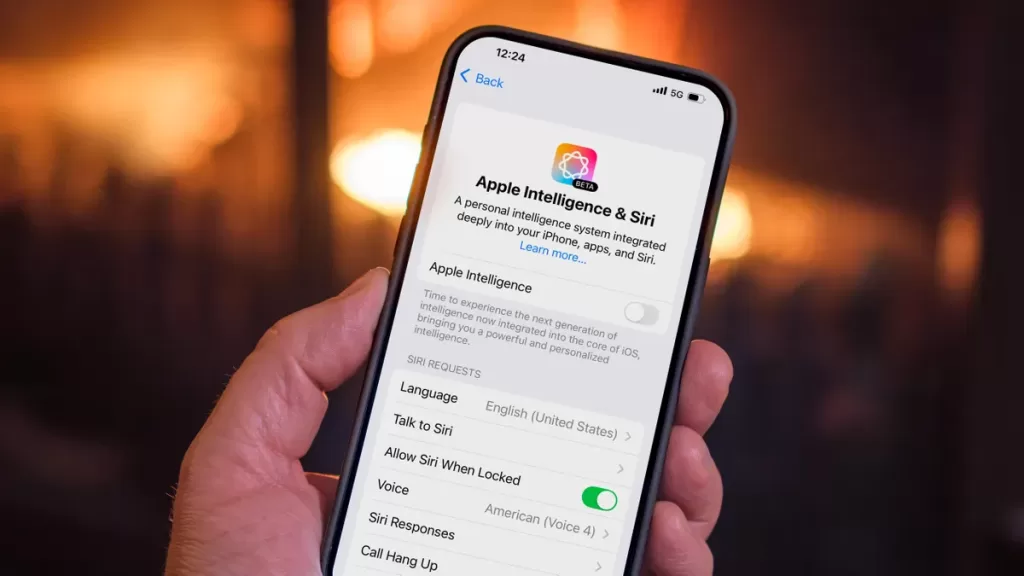Scientists have created a technology called Oz that stimulates individual photoreceptor cells in the human eye to create an entirely new, ultra-saturated color never seen in nature—dubbed olo. Using microdoses of laser light, Oz activates specific combinations of cone cells to generate this vivid blue-green hue, which vanishes the moment the precision targeting is disrupted.
The technology allows researchers to explore the fundamental nature of human color vision and could one day aid in treating vision disorders or simulating sight loss. Beyond its scientific utility, the experience of seeing olo has been described by participants as visually striking and deeply immersive.
Key Facts:
- New Color Created: Olo is a hyper-saturated blue-green color generated by targeting M cones.
- Precision Targeting: Oz uses lasers to stimulate thousands of individual retinal cones.
- Vision Research Potential: The system may help study eye diseases, simulate cone loss, or enhance color perception.
Source: UC Berkeley
In Frank Baum’s original novel The Wonderful Wizard of Oz, the Emerald City is said to be such a brilliant shade of green that visitors must wear green-tinted glasses to protect their eyes from “the brightness and glory” of the city.
The glasses are one of the wizard’s many deceits; the city viewed through green-tinted glasses would, of course, only look more green.
But using a new technique called “Oz,” scientists at the University of California, Berkeley, have found a way to manipulate the human eye into seeing a brand-new color — a blue-green color of unparalleled saturation that the research team has named “olo.”
“It was like a profoundly saturated teal … the most saturated natural color was just pale by comparison,” said Austin Roorda, a professor of optometry and vision science at UC Berkeley’s Herbert Wertheim School of Optometry & Vision Science, and one of the creators of Oz.
Oz works by using tiny doses of laser light to individually control up to 1,000 photoreceptors in the eye at one time.
Using Oz, the team is able to show people not only a green more stunning than anything in nature, but also other colors, lines, moving dots and images of babies and fish.
The platform could also be used to answer basic questions about human sight and vision loss.
Toate categoriile:
Toate tag-urile:




